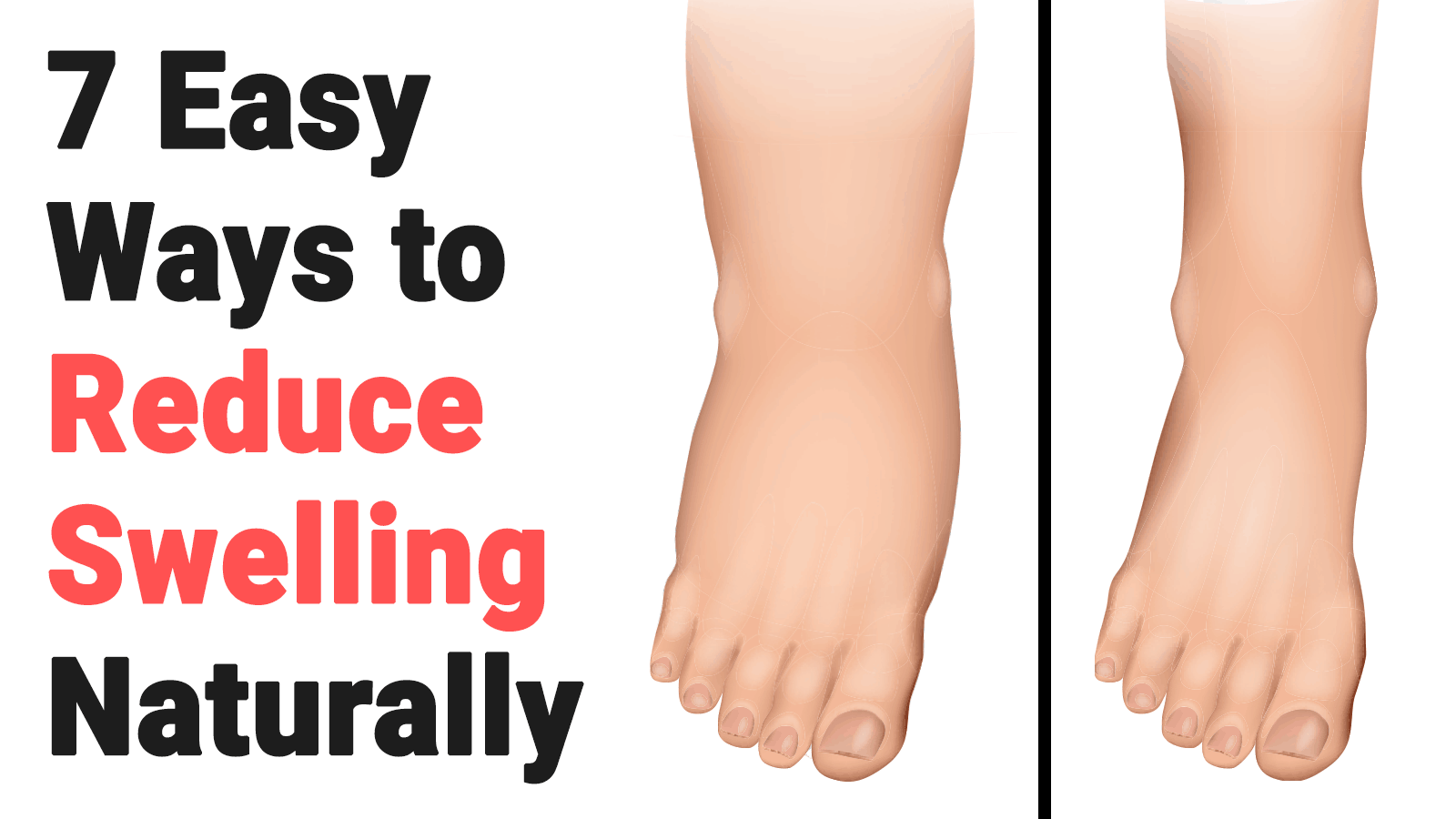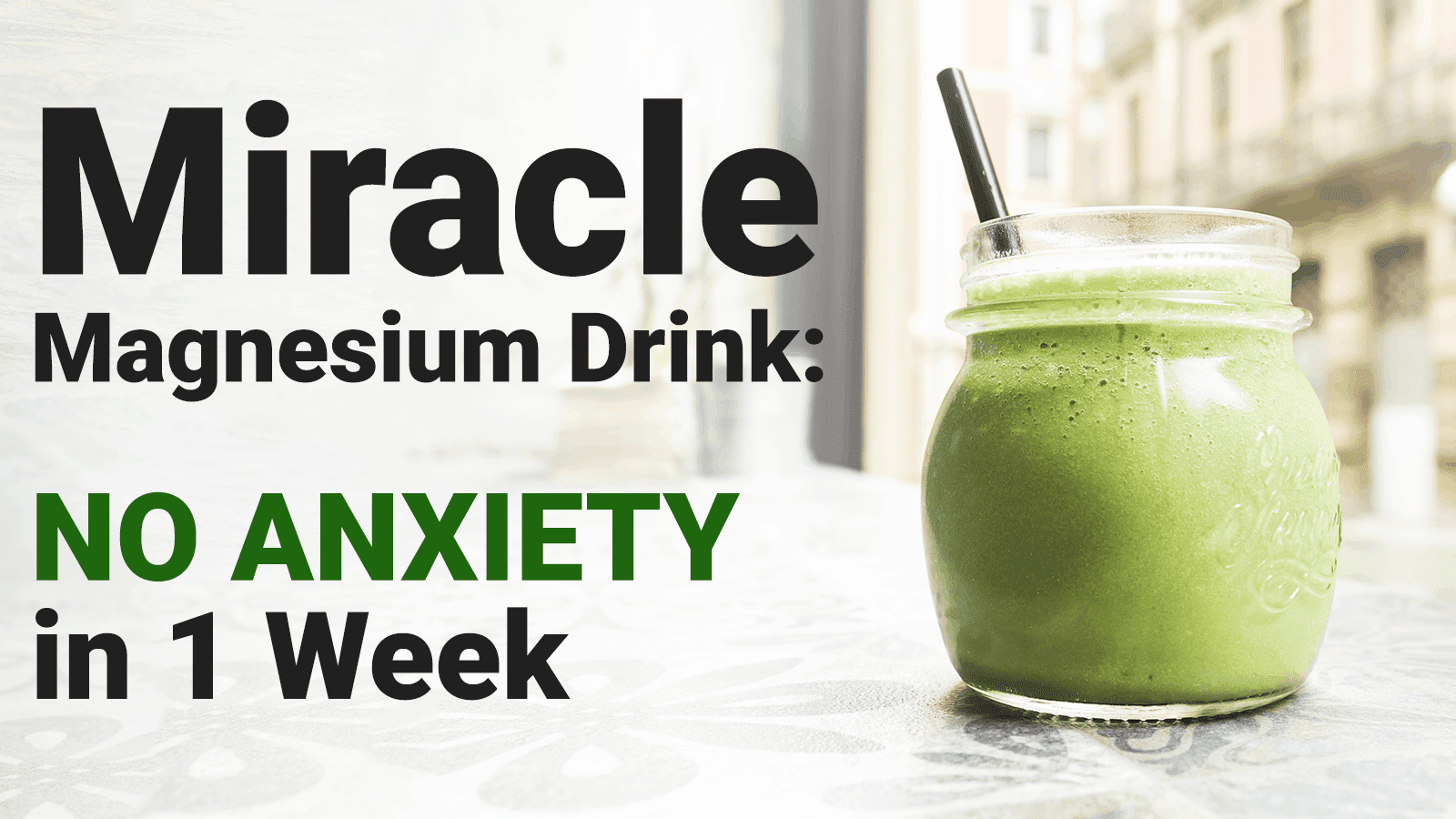Our super-intelligent body is usually pretty good at monitoring and adjusting the flow of water. But, as we all know, sometimes our body likes to do its own thing. Usually, such autonomy is for our own good. Other times? Eh, not so much. Consider inflammation and swelling. Seeing yourself balloon up can be a bit shocking, even scary. More than that, swelling can be downright uncomfortable. And painful. It may even restrict your movement.
Doctors call swelling of the arms and legs peripheral edema. Edema occurs as the result of excess water kept in the body tissue. In most cases, this swelling of the legs and feet appears on both sides of the body. In such cases, it is not considered a medical emergency. The condition is usually temporary, and it goes away on its own.
But for others, edema can be a severe – and sometimes even life-threatening – health issue. In these rare cases, inflammation and swelling occur on one side of the body, with the face also affected. In such a scenario, it is critical to seek immediate medical care.
We’re going to focus on the usually harmless variety of inflammation and swelling. More specifically, we’re going to talk about ways to reduce swelling naturally!
Let’s go!
7 Ways to Reduce Swelling Naturally
“When it comes to swelling, it’s about management and getting through the days. There’s nothing that’s necessarily (therapeutic.)” – Georgeann Botek, DPM, Head of Podiatry and Medical Director at Cleveland Clinic
1. Try some magnesium!
Magnesium can assist with preventing or treating a variety of ailments, whether physical or psychological. “Mg” suppresses the stress hormone cortisol, which is responsible – at least in part – for conditions such as insomnia, diabetes, and obesity.
The Mayo Clinic reports that adding a 200- to 400-milligram magnesium supplement to your diet may effectively reduce inflammation caused by water retention.
2. Do some yoga (or exercise).
Stimulating blood flow is critical to the reduction of inflammation and swelling. Any light to moderate exercise will help kick your circulatory system into gear! Yoga has the added benefit of relaxing the mind as well as the body.
If you’re a beginner to yoga, it is beneficial to seek the advice of an experienced practitioner. Someone with advanced knowledge of the practice may be able to suggest poses that can help with swelling and inflammation.
3. Soak in a bath with Epsom salt.
Many people who naturally reduce swelling swear by Epsom salt bath soaks – and for a good reason. One ingredient, in particular, that’s found in Epsom salt – magnesium sulfate – is readily absorbed through the skin. This provides near-immediate relief of inflammation, swelling, and pain around the affected areas.
Most Epsom soak instructions call for a half-cup to a cup (depending on the size of the tub) mixed into with lukewarm water. Soak for 10 to 20 minutes daily to obtain maximum benefit.
4. Get a massage.
Just the thought of getting a massage is super relaxing, isn’t it? Gosh, it feels good!
Anyways, swelling is often the result of a buildup of waste products around a damaged area of the body. Massage therapists understand the ins and outs of both the causes of – and relief from – such damage. A big part of reducing the swelling is getting the blood, oxygen, and energy flowing back into the body. A massage is a wonderful way to do just that! Acupuncture has also shown to be useful in reducing swelling and inflammation.
(If you’re pregnant, you should seek out a therapist who specializes in prenatal massages.)
5. Elevate, elevate, elevate.
When it comes to swelling, gravity is not your friend! Ask anyone who works at a tough job that requires them to stand all day – a waitress or mechanic, for example. By the time work ends, some of these folks have a difficult time merely standing. That’s the swelling working in cohort with gravity. (It isn’t fun.)
Elevation, on the other hand, is your BFF. When you’re kicking back and relaxing at night, use some pillows to prop those legs up. Ideally, you want to elevate your legs just above your upper torso or a bit higher!
6. Take in some H2O.
Too much salt in the body is a big reason for the swelling. Gulping down some H2O can balance your sodium levels and flush out any excess. To add a twist, slice up some lemon or cucumber and drop two or three pieces into a cold glass of water. Both lemon and cucumber also contain a good dose of vitamins and possess potent anti-inflammatory properties.
Perhaps most important, drinking 8 to 10 glasses of water per day helps you feel better. It boosts circulation, sharpens thinking, and reduces stress.
7. Try compression socks.
Compression socks work by creating pressure around the lower legs. This, in turn, stimulates blood flow, which eases swelling, pain, and general discomfort. Compression socks can come up to your knees, thighs, or all the way up to the groin.
Do a bit of research or speak with your healthcare or wellness professional to get a personalized recommendation.
https://youtu.be/yG-G9_LOkLA














 Community
Community

